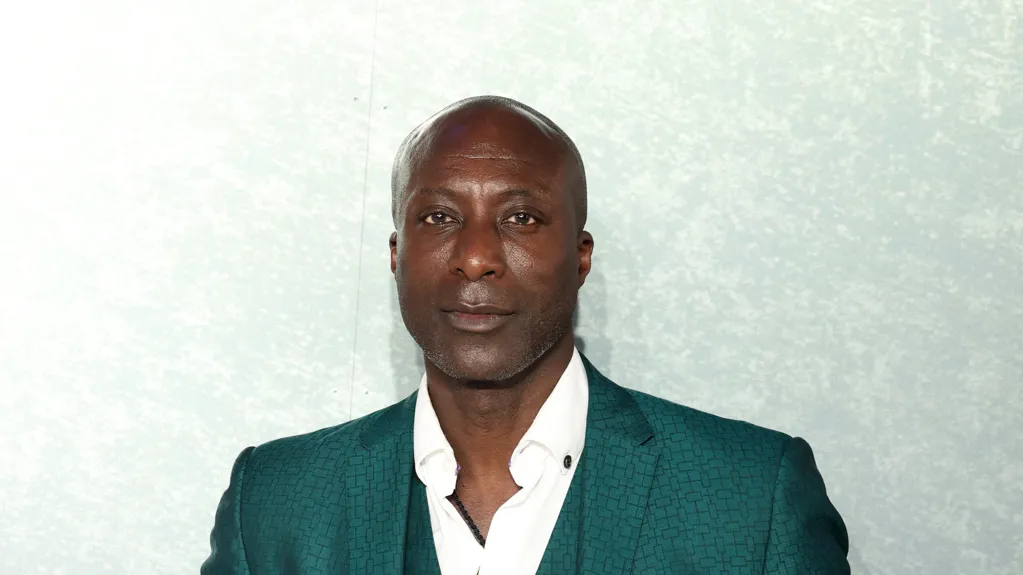Ozwald Boateng, the London tailor known for his colorful take on Savile Row style, has unveiled a debut jewelry line in collaboration with the British jeweler Hirsh.
Celebrating Mr. Boateng's 40th anniversary in business and inspired by his Ghanaian heritage, the eight-piece collection echoes his signature use of cultural storytelling and symbolism. It was introduced last month in London and New York, with Mr. Boateng and his son Oscar wearing some pieces on the blue carpet at the Met Gala in May.
During a recent video interview, Mr. Boateng talked about his inspirations, his love of color and how hard it is to design clasps. The conversation has been edited and condensed for clarity.
Why jewelry -- and why Hirsh?
I've been creating and designing for 40 years, applying my creativity to many different things from cars to the furniture I designed with the Italian house Poltrona Frau.
As someone who really loves craftsmanship, I'm always driven by the ability of the maker. It's always about finding the right collaborator. Hirsh is basically around the corner from my space on Savile Row -- they have artisans, and an attention to detail, craftsmanship and accessibility that was great. They were able to completely fulfill my creative ideas.
Were there unexpected challenges in creating jewelry?
The locking mechanisms were complex; there was learning around that. But as a whole, as a process, working with Hirsh was pretty seamless. The openness and love of craft -- and constantly wanting to improve -- is a feeling that's infectious.
What does jewelry mean to you?
There is a lot of symbolization and language in my creativity that has always had a link to my cultural roots.
Many of the pieces have a unisex feel, like the Kente necklace with Tahitian pearls and a large silver pendant. Was gender a consideration when designing the collection?
We are moving to a place where jewelry can be worn by men almost in the same way as by women. I'm enjoying how jewelry is being worn by both genders -- I personally create like that. That's why jewelry speaks to me: My day job in tailoring is about making for individuals. Jewelry is that same language.
The collection features Ghanaian motifs like the Adinkra symbol for hope, set in a silver chain bracelet and necklace. Why does this speak to you?
Adinkra symbols have been part of my creative language for a while -- they are part of my culture. To me, it's deeply spiritual.
You call this collection your "first foray" into jewelry. What's next?
Like everything creative, when you enter a new space and execute, you get a taste and want to expand. My creative curiosity makes me ask: "What else can I do?"
I love colored stones and I'm known for color -- I even have my own color palette around textiles, which speaks to jewel-like colors. It would be great to have a piece that echoes that.
